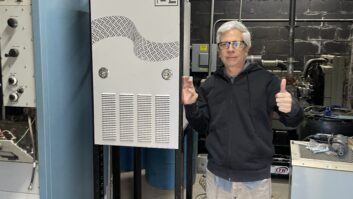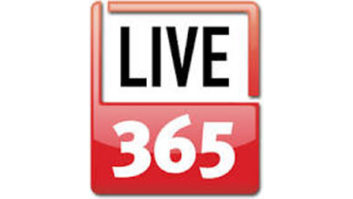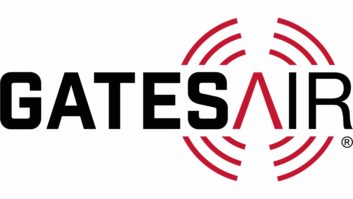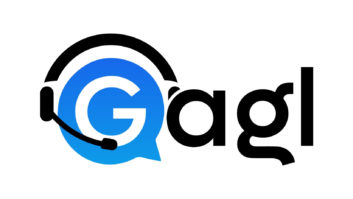I love it when radio advertising works. The client is happy. The account executive is happy. The sales manager is happy. The program director is happy. Life is good.

iStockphoto/WestLight When radio advertising doesn’t work, what do we commonly do? Find new clients?
Nope, there is a better way. Let’s get back to basics.
Exactly what makes advertising via radio succeed is a fascinating subject that is rarely discussed today, and yet it is central to our success.
DEFINE SUCCESS
While it is necessary to set revenue goals for radio account executives, this should not be the only metric by which success is measured. When money is the only goal, “get it while you can” and “deal with the results later” will dominate the culture.
Inevitably, the time arrives when campaigns fail to produce significant results and then clients declare to account executives that “radio doesn’t work, so we’re shifting budgets to try something new. Maybe digital or social will perform better.”
If you’re a manager who is sick of going through this routine, I highly suggest you add two more data points to how you score success for your sales people. Once your reps can view client campaign success and client retention as equal milestones, you’ll see behavior patterns change.
Ideally, every advertising campaign starts with your account executive playing detective and asking simple questions to ascertain what a client is attempting to accomplish with each buy.
Begin with the most obvious yet challenging question: How will success be measured? Choices might be:
• Generate 10 percent more foot traffic
• Boost sales 20 percent
• Improve brand recall 15 percent
• Grow market share 10 percent for the month
• Sell 15 new cars
• Grow a database by 50 names
• Get 200 visits to a website, etc.
Next, what market reach and frequency is ideal with this campaign?
And if it’s not too sensitive an area, try to find out who is creating the actual commercial, and if it can be altered, when necessary, to change results when airing over a significant period of time.
Finally, ask if other media such as TV, print, digital or social is being run in conjunction with radio.
Experienced account executives should be able to determine from this conversation whether client expectations are reasonable and subsequently provide appropriate advice. But even reps who have been at this intersection many times will need council from a seasoned sales manager — or input from a creative production manager or program director — before coming back to the client with ideas on how to improve a campaign.
TURNING & TOUCH POINTS
Two of the most common success or failure points concern the actual scheduling of reach/frequency and the copy/production of the commercial. Entire treatises have been written regarding these topics; I suggest some research when you have time.
If you are not familiar with these subjects and desire a one-paragraph crash course, I’ll attempt to distill: There is no question that high-velocity, compressed scheduling is more effective. When schedules are run in tandem over several stations — whether in your cluster or not — the odds of generating results are much higher. Even a one-station advertising buy should run more times over fewer days, so listeners hear it frequently in a compressed time period. High frequency matters because it directly affects retention of the information and is much more likely to generate action. Reach is vital because the more people hit repeatedly with the same message increases the quantity of potential customers for the product or service being advertised.
I am huge believer in setting the proper expectations with advertisers going into campaigns, following up during a schedule run and then circling back at the conclusion to discuss results. Each of these touch points enables relationship growth and builds trust. This, in turn, creates a higher customer retention rate.
When you hear the term “traditional media” used pejoratively about radio and television advertising, you can get mad — or just keep smiling as you deliver cost-effective results that, when used properly, can drive a mass audience to real action.
The author is president of Lapidus Media. Contact him at[email protected].












